Unveiling Copyright Protection: What Can You Copyright?
In the digital age, where creative content is readily accessible and easily shareable, protecting intellectual property rights has become more important than ever. Copyright serves as a vital tool for safeguarding the rights of creators and ensuring that their original works receive proper recognition and compensation. But what exactly can be copyrighted? Let’s explore the diverse world of copyrightable works and the criteria for copyright protection.
Understanding Copyright:
Copyright is a form of legal protection granted to the creators of original works of authorship, including literary, artistic, musical, and other creative expressions. It grants creators exclusive rights to reproduce, distribute, perform, display, and adapt their works.
Criteria for Copyrightability:
To be eligible for copyright protection, a work must meet certain criteria:
Originality: The work must be original, meaning it must be independently created by the author and possess some minimal degree of creativity. It does not need to be novel or unique but must reflect the author’s personal expression.
Fixation: The work must be fixed in a tangible medium of expression, such as writing, painting, recording, or digital format. This means that the work must be sufficiently permanent or stable to be perceived, reproduced, or communicated for a period of time.
Types of Works That Can Be Copyrighted:
Copyright protection extends to a wide range of creative works, including but not limited to:
Literary Works: This category includes novels, short stories, poems, essays, articles, blog posts, scripts, and other written works.
Artistic Works: Artistic works encompass visual arts, such as paintings, drawings, sculptures, photographs, graphic designs, and illustrations.
Musical Works: Musical works include compositions, songs, lyrics, musical arrangements, and melodies.
Dramatic Works: Dramatic works cover plays, screenplays, choreographic works, and other theatrical performances.
Audiovisual Works: Audiovisual works combine visual and auditory elements, including movies, videos, television shows, documentaries, and multimedia presentations.
Computer Programs: Computer programs and software codes are considered literary works and are eligible for copyright protection as long as they meet the criteria of originality and fixation.
Architectural Works: Architectural works, including building designs, blueprints, and architectural drawings, are eligible for copyright protection.
Ineligible Works for Copyright Protection:
While copyright protection extends to a broad spectrum of creative works, certain types of works are generally ineligible for copyright protection. These include:
Ideas, Concepts, and Facts: Copyright does not protect ideas, concepts, principles, procedures, methods of operation, or factual information. However, the expression of these ideas may be subject to copyright protection.
Works in the Public Domain: Works that are not protected by copyright, either because their copyright has expired or because they were never eligible for copyright protection, are considered part of the public domain and can be freely used by anyone.
Government Works: Works created by the U.S. government or its employees as part of their official duties are typically not eligible for copyright protection and are in the public domain.
In conclusion, copyright protection extends to a diverse array of creative works, including literary, artistic, musical, and audiovisual expressions. By understanding the criteria for copyrightability and the types of works that can be copyrighted, creators can effectively protect their intellectual property rights and ensure that their original works are respected and valued in the digital age. Copyright not only rewards creativity but also promotes innovation, cultural enrichment, and the dissemination of knowledge and ideas.

